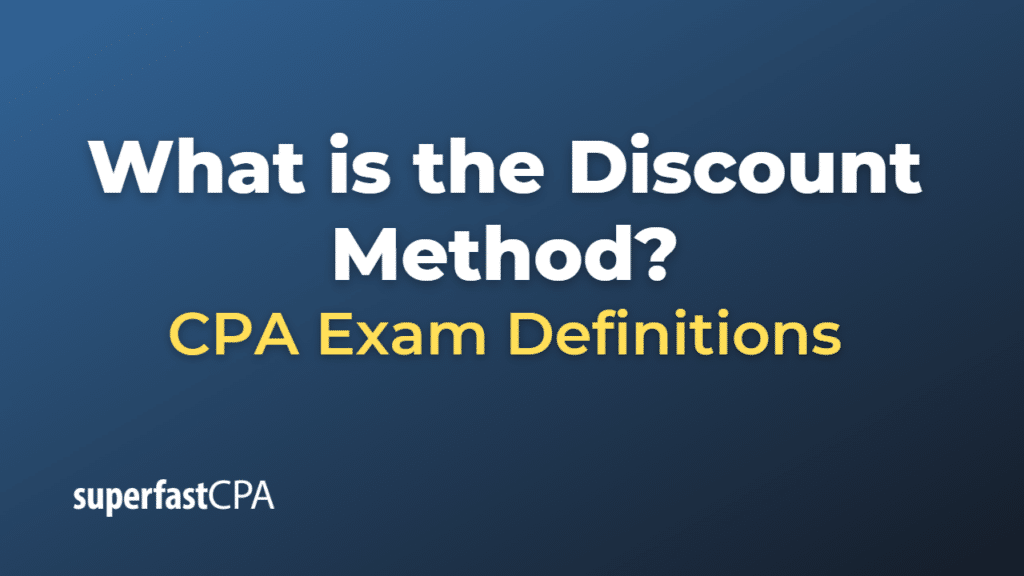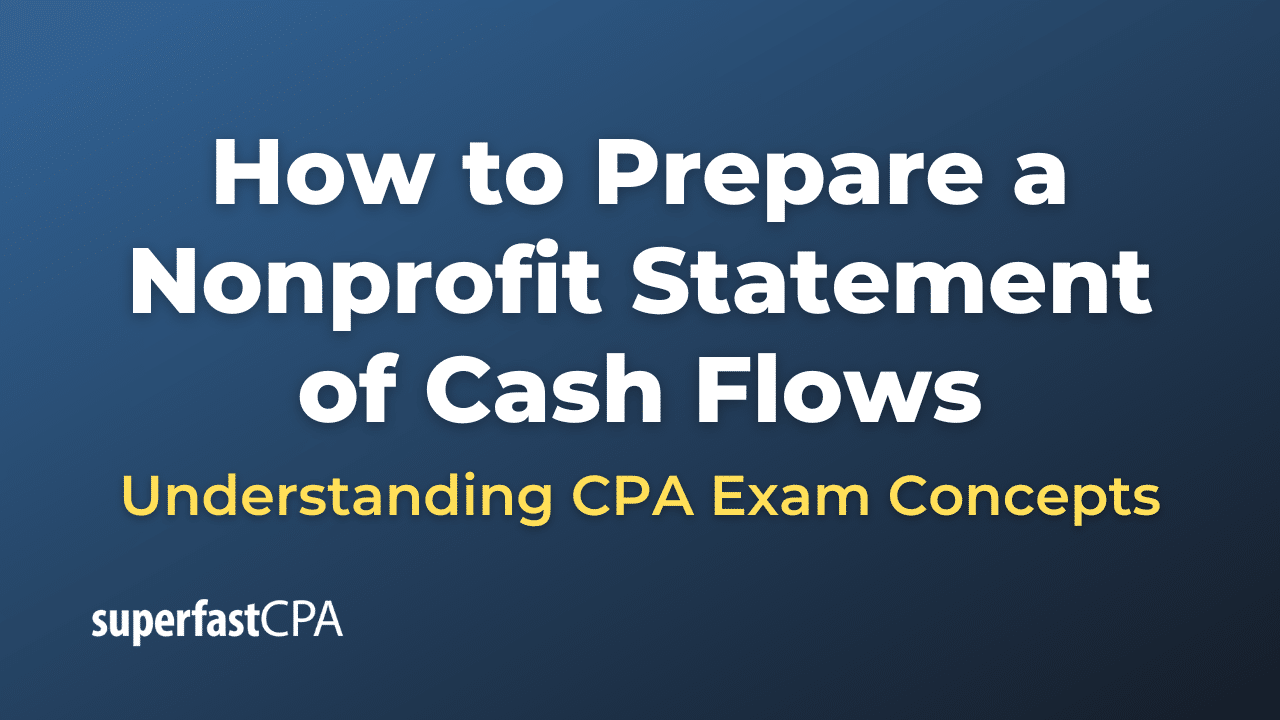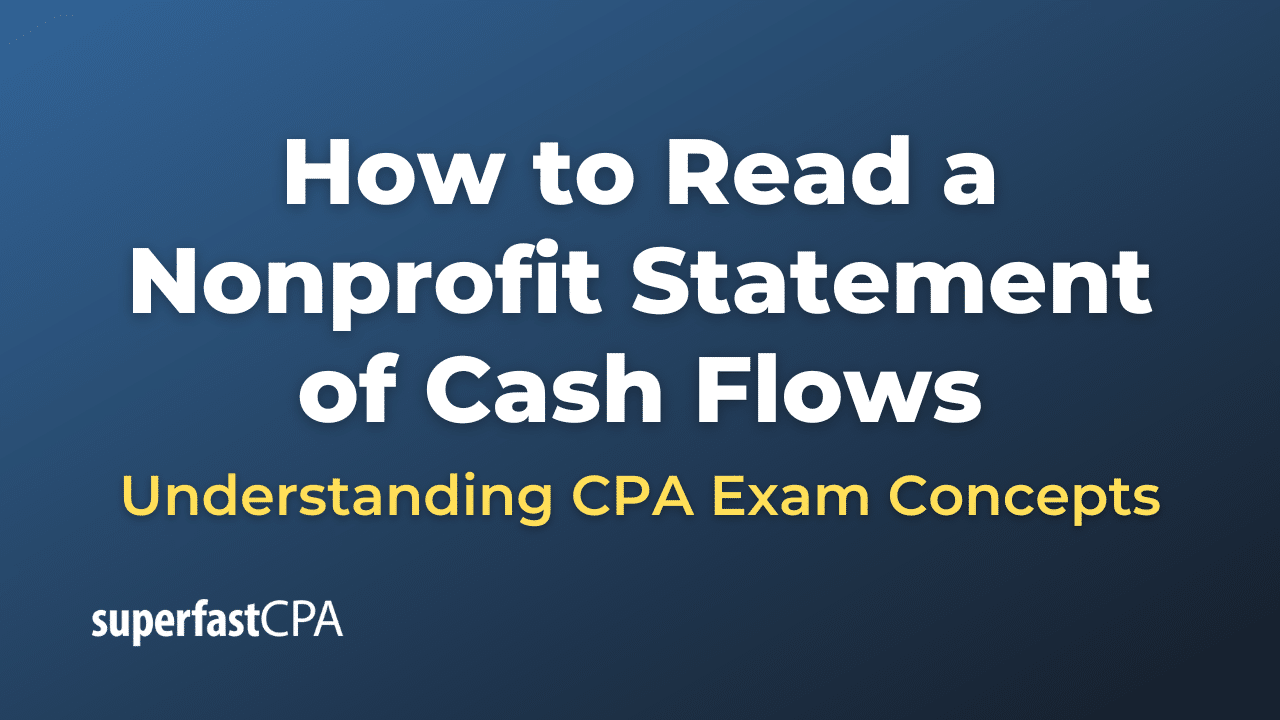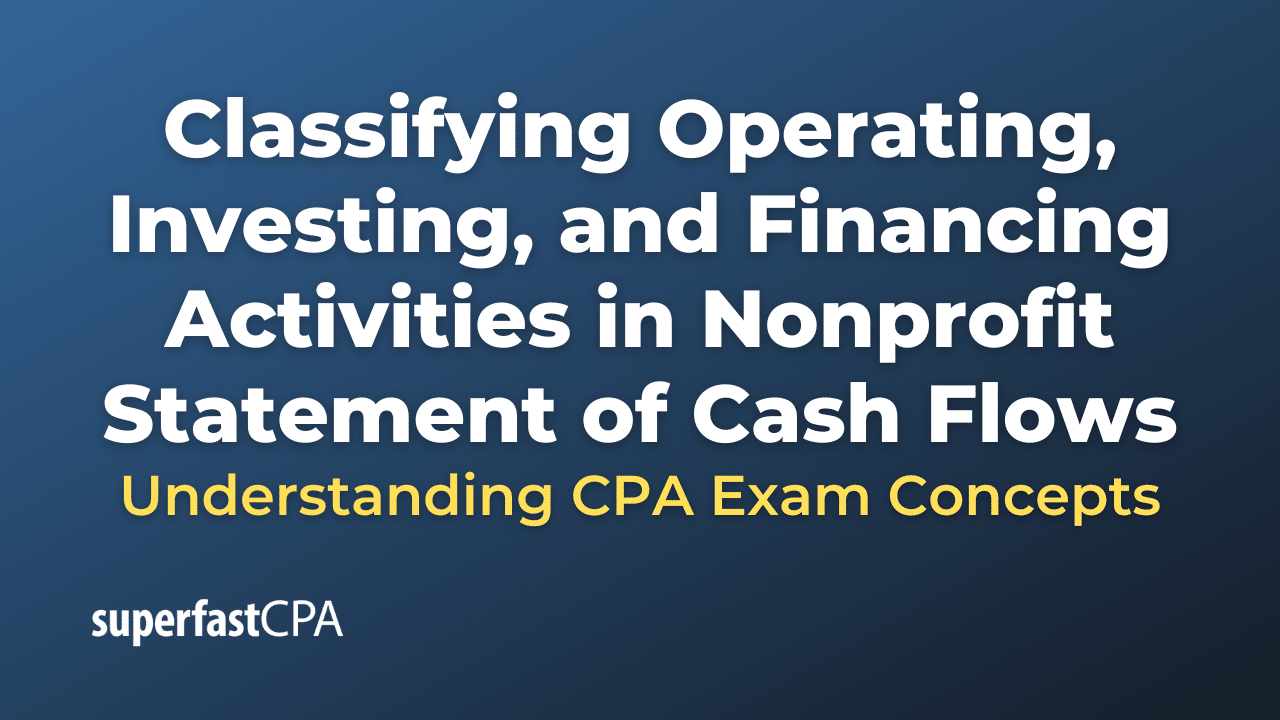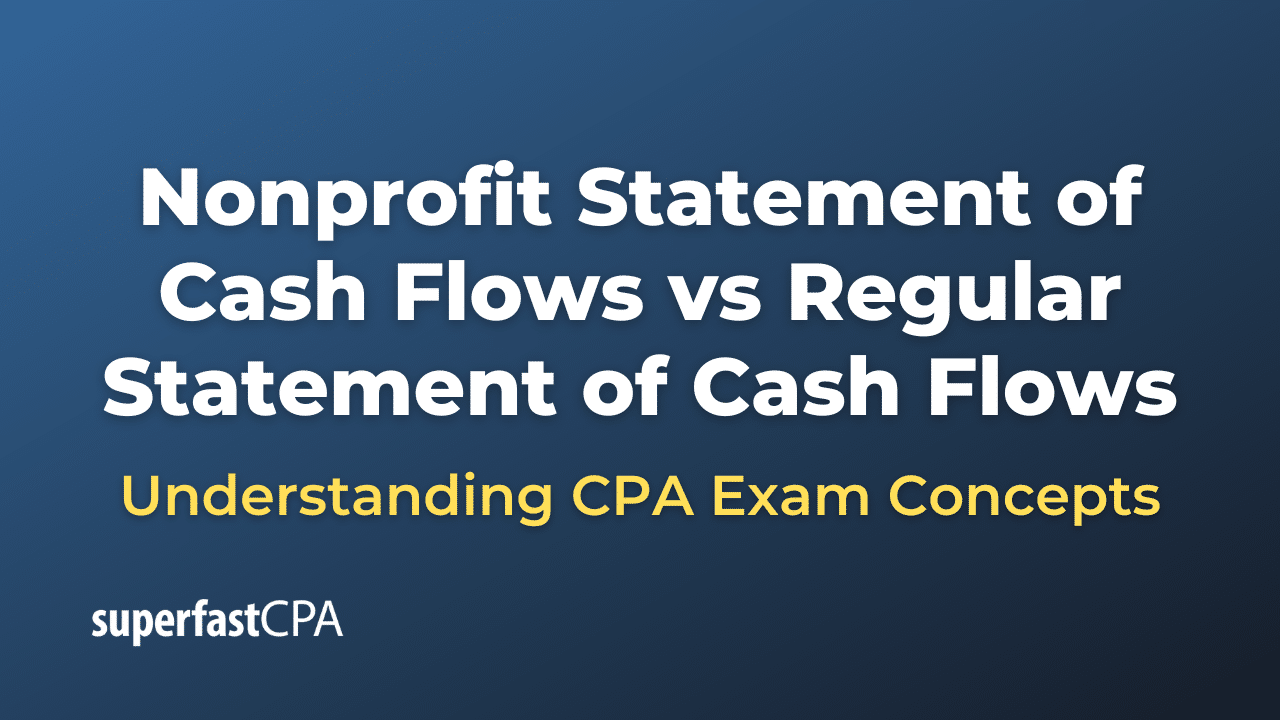Discount Method
The “discount method” is an approach used in financial and investment analysis, where future cash flows are discounted back to their present values to allow for more accurate comparisons and investment decisions. This is often used when performing calculations such as Net Present Value (NPV) and Discounted Cash Flow (DCF).
The main principle behind the discount method is the time value of money, which states that money available today is worth more than the same amount of money in the future. This is due to the potential earning capacity of money, which could be invested to earn interest or returns over time.
To apply the discount method, each future cash flow is multiplied by a discount factor to calculate its present value. The discount factor is usually calculated using a discount rate, which could be a required rate of return, an interest rate, or a cost of capital, depending on the context.
The formula to calculate the present value (PV) of a future cash flow is as follows:
\(\text{PV} = \frac{CF}{(1+r)^n} \)
Where:
- CF = Cash flow in the future
- r = Discount rate
- n = Number of periods until the cash flow occurs
Once the present values of all future cash flows have been calculated, they can be summed to obtain the total present value of the cash flows.
The discount method is widely used in finance and investment, including areas such as capital budgeting, bond pricing, and financial modeling. It helps investors, financial analysts, and decision-makers compare different investment options and make informed decisions.
Example of the Discount Method
Let’s look at a practical example of using the discount method for a simple investment decision:
Suppose you’re considering an investment that will cost you $1,000 today, and you expect it to generate cash flows of $500 at the end of the first year, $500 at the end of the second year, and $500 at the end of the third year.
Let’s say your required rate of return (the discount rate) is 10%. You can calculate the present value (PV) of each future cash flow as follows:
- PV of year 1 cash flow \(= \frac{\$500}{(1+0.10)^1} = \$454.55\)
- PV of year 2 cash flow \(= \frac{\$500}{(1+0.10)^2} = \$413.22 \)
- PV of year 3 cash flow \(= \frac{\$500}{(1+0.10)^3} = \$375.66 \)
Adding up these present values gives the total present value of the expected cash flows:
- Total PV = $454.55 + $413.22 + $375.66 = $1243.43
So, the present value of the cash flows from the investment is $1243.43.
Since the total present value of the cash flows ($1243.43) is greater than the initial investment cost ($1,000), the investment would be considered profitable using a 10% discount rate. This example illustrates how the discount method helps compare the value of cash flows at different points in time, supporting more informed decision-making about investments.

